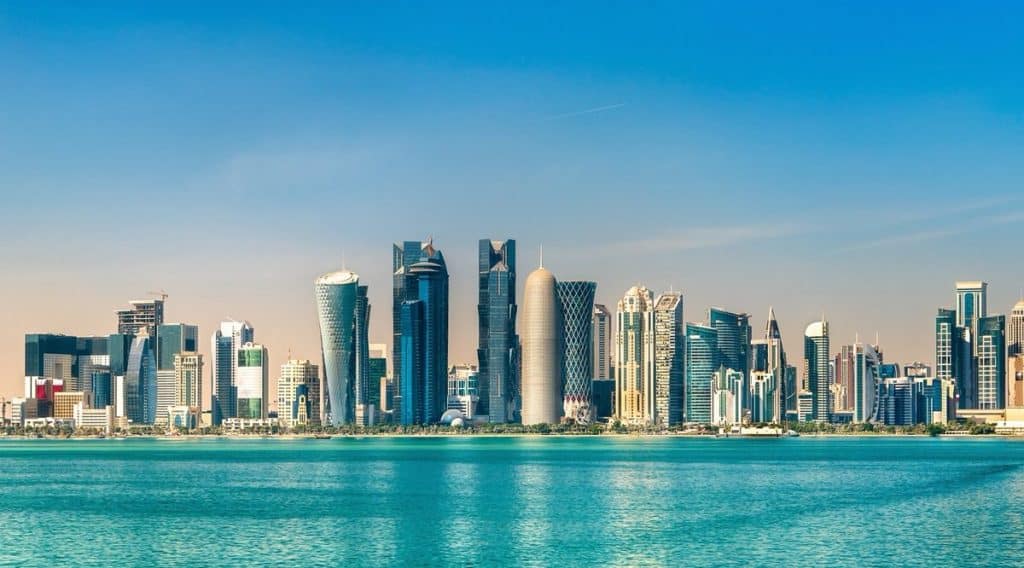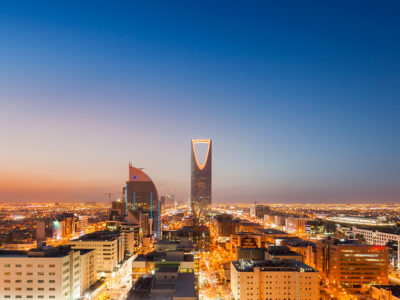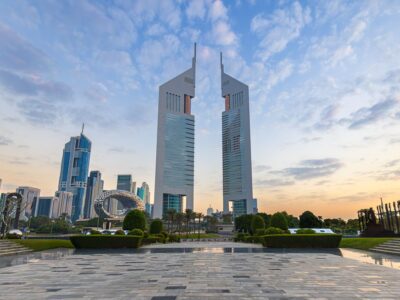The Qatar real estate sector has seen an increase in prices, but a significant reduction in demand, according to Knight Frank’s Real Estate Market Review for Autumn 2023.
Despite transaction volumes falling, the value of deals shot up, with some areas reporting price growth of up to 58 per cent.
Meanwhile the office sector has seen a notable oversupply of available space and changing retail habits are having an impact on commercial real estate fees.
Qatar real estate
Knight Frank’s report also investigates the performance of the residential market, where sales prices for apartments have slipped by 2.8 per cent over the last 12-months, while villas have expanded by 1.5 per cent over the same period.
Adam Stewart, Partner – Head of Qatar, said: “What is noteworthy is the fact that while overall transaction volumes are down 18 per cent in the last 12 months, the overall value of deals is up 12 per cent, highlighting the affordability challenge in the market.
“Clearly, the rise in the headline interest rate from 5 per cent at this time last year, to 6.25 per cent today is only exacerbating matters”.

Doha and Al Daayen municipalities, for instance, witnessed substantial price growth of 58 per cent and 46 per cent, respectively, over the last 12 months, despite a decline of 37 per cent and 38 per cent in the number of transactions in these districts.
Al Rayyan and Doha municipalities recorded the highest volume of residential transactions during the third quarter, showcasing continued interest in these areas.
However, the oversupply of residential properties in Qatar persists, leading to a decline in prices. Villa rental rates dropped by 6.5 per cent to an average of QR1,625 ($446) per month.
The average Qatar villa selling price decreased by 2.5 per cent in the past 12 months, settling at QR7,100 ($1,947) per square meter in Q3 2023, with West Bay Lagoon commanding the highest sales price.
For apartments, the average rental value declined by 9.2 per cent over the past 12 months to QR10,900 ($2,989) per month, while the average transacted price experienced a 3 per cent decline, settling at QR13,780 ($3,789).
Different districts showcased varying price dynamics, with Fox Hills recording the lowest sales price and West Bay Lagoon commanding the highest price per square meter.

The oil and gas industry, in conjunction with the government sector, remains at the forefront of driving office activity, marked by relocations to Lusail in recent transactions.
Moreover, as of Q3 2023, the existing Qatar office supply totals 5.5 million square meters, mainly comprising Prime and Grade A office stock.
Projections indicate an anticipated increase in supply to 5.7 million square meters by 2025, with a concentration of forthcoming supply in Lusail, including Fox Hills, Energy City, Commercial Boulevard, and the Marina District.
Despite constant demand these sectors, the Qatari office market’s challenge lies in an oversupply of office space, leading to declining rental rates.
The monthly Grade A office rental rates declined by 3.3 per cent in the past 12 months, averaging QR81 ($22) per square metre.
Steward added: “With Grade A supply forecast to climb to 5.7 million square metres by the end of 2023, from 5.5 million square metres today, landlords need to be wary that it is very much a tenants’ market.”

In Qatar’s retail sector, the demand from retailers is on a declining trend, primarily attributable to the substantial increase in supply in recent years.
Monthly retail rental rates have experienced a 3 per cent decrease, with an average of QR186 ($51) per square meter over the 12-month period concluding in Q3 2023.
The retail environment is witnessing heightened competition as e-commerce becomes more widespread, and consumer expectations change.
Retail developments that offer a unique consumer experience, integrating elements like public spaces, dining choices, and entertainment, have consistently upheld high occupancy rates.
As Q3 2023 concluded, the existing retail supply measures at 1.7 million square meters, with a predominant presence of regional malls.
Projections foresee an anticipated expansion in supply, reaching 2 million square meters by 2025.








